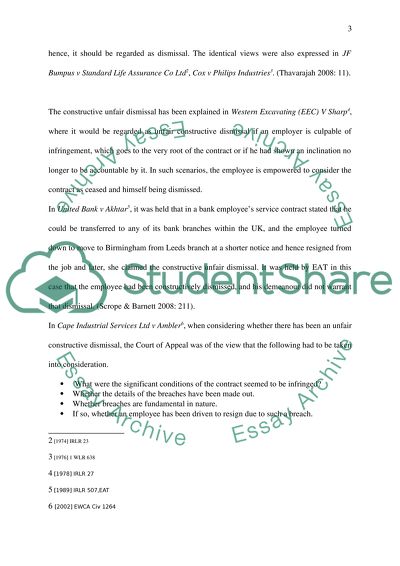Cite this document
(“Harassment in workplace Essay Example | Topics and Well Written Essays - 2500 words”, n.d.)
Harassment in workplace Essay Example | Topics and Well Written Essays - 2500 words. Retrieved from https://studentshare.org/law/1403593-department-of-law-criminology-community-justice
Harassment in workplace Essay Example | Topics and Well Written Essays - 2500 words. Retrieved from https://studentshare.org/law/1403593-department-of-law-criminology-community-justice
(Harassment in Workplace Essay Example | Topics and Well Written Essays - 2500 Words)
Harassment in Workplace Essay Example | Topics and Well Written Essays - 2500 Words. https://studentshare.org/law/1403593-department-of-law-criminology-community-justice.
Harassment in Workplace Essay Example | Topics and Well Written Essays - 2500 Words. https://studentshare.org/law/1403593-department-of-law-criminology-community-justice.
“Harassment in Workplace Essay Example | Topics and Well Written Essays - 2500 Words”, n.d. https://studentshare.org/law/1403593-department-of-law-criminology-community-justice.


